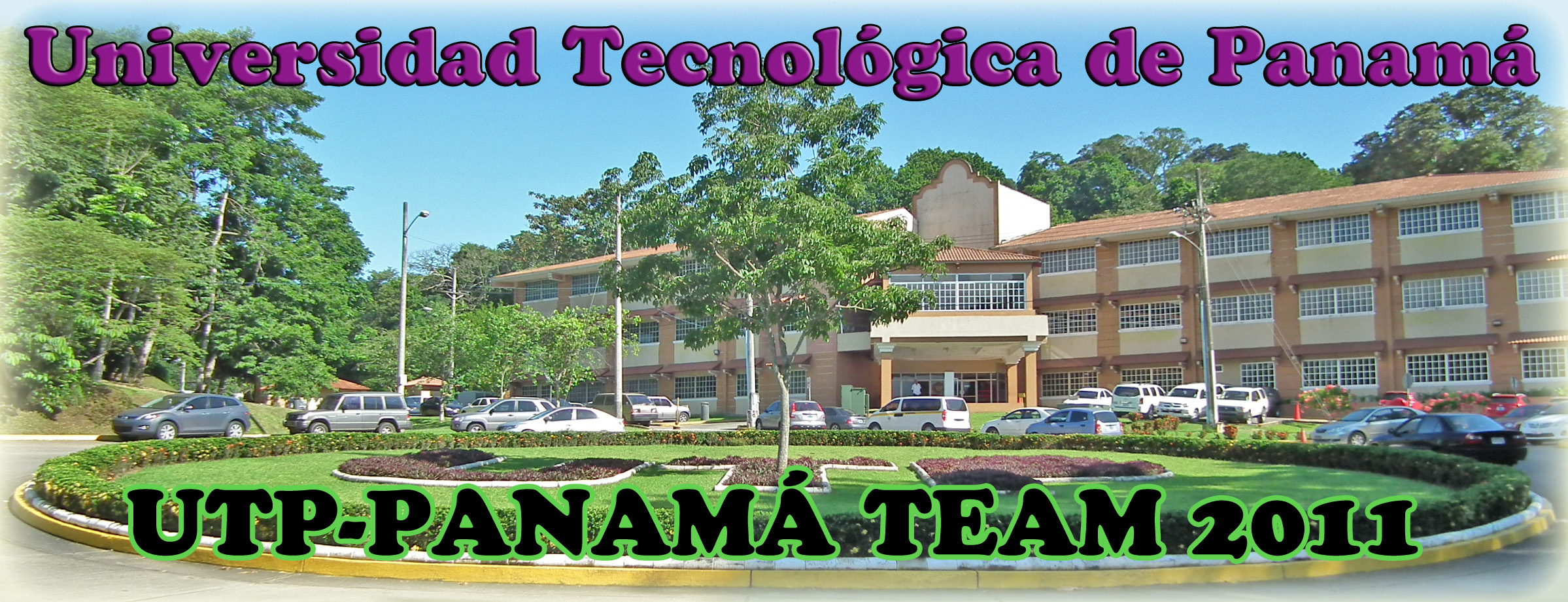Team:UTP-Panama/Project
From 2011.igem.org
(→ABASTRACT) |
(→ABASTRACT) |
||
| Line 2: | Line 2: | ||
{{Team:UTP-Panama/utptemplate}} | {{Team:UTP-Panama/utptemplate}} | ||
| - | == | + | == ABSTRACT == |
===UNDER MODIFICATION AT THIS MOMENT=== | ===UNDER MODIFICATION AT THIS MOMENT=== | ||
For plants nitrogen is the nutrient in most demand, but too much is as bad as too little; excess of nitrogen or an imbalance of nitrogen compared with other nutrients can make plants more prone to pest and disease attack. Our goal is to improve the work done by Team BCCS-Bristol 2010, whose BB expresses fluorescent signals upon nutrient detection, producing a high-resolution nutrient distribution map of arable land. The ratio of two fluorescent signals (red and green) allows farmers to quantify soil nutrient content. To achive our goal, we're going to build a stronger sensor by ligating GeorgiaTech's 2010 BB and UNAM-CINVESTAV's 2010 cold shock promoter. GaTech attribution is based on Alternative Oxidase (AOX), which is a terminal oxidase protein that dissipates heat during a process of electron transfer and improves bacterial functioning in cold shock environments helping crops to avoid potential damage from frosts. | For plants nitrogen is the nutrient in most demand, but too much is as bad as too little; excess of nitrogen or an imbalance of nitrogen compared with other nutrients can make plants more prone to pest and disease attack. Our goal is to improve the work done by Team BCCS-Bristol 2010, whose BB expresses fluorescent signals upon nutrient detection, producing a high-resolution nutrient distribution map of arable land. The ratio of two fluorescent signals (red and green) allows farmers to quantify soil nutrient content. To achive our goal, we're going to build a stronger sensor by ligating GeorgiaTech's 2010 BB and UNAM-CINVESTAV's 2010 cold shock promoter. GaTech attribution is based on Alternative Oxidase (AOX), which is a terminal oxidase protein that dissipates heat during a process of electron transfer and improves bacterial functioning in cold shock environments helping crops to avoid potential damage from frosts. | ||
Revision as of 23:31, 2 September 2011
|
Home |
ABSTRACTUNDER MODIFICATION AT THIS MOMENTFor plants nitrogen is the nutrient in most demand, but too much is as bad as too little; excess of nitrogen or an imbalance of nitrogen compared with other nutrients can make plants more prone to pest and disease attack. Our goal is to improve the work done by Team BCCS-Bristol 2010, whose BB expresses fluorescent signals upon nutrient detection, producing a high-resolution nutrient distribution map of arable land. The ratio of two fluorescent signals (red and green) allows farmers to quantify soil nutrient content. To achive our goal, we're going to build a stronger sensor by ligating GeorgiaTech's 2010 BB and UNAM-CINVESTAV's 2010 cold shock promoter. GaTech attribution is based on Alternative Oxidase (AOX), which is a terminal oxidase protein that dissipates heat during a process of electron transfer and improves bacterial functioning in cold shock environments helping crops to avoid potential damage from frosts.
The orignal idea: July 15Traditional Engineering fields as Electrical, Mechanical, Civil, Agricultural, etc. have been working for last two centuries separately from Biological develops (life sciences). The UTP-Panama Team is decided to brake this paradigm in the Republic of Panama. To accomplish this goal, the UTP-Panama Team is working to develop what we call "'SynBio Engineering Tool Kit", the manufacturing of engineering tools obtained from biological resources. At this moment, Engineering groups are designing projects in different fields, using the biological devices to improve and solve traditional engineering issues. In this sense, the proposed works are: Agricultural & Environmental Engineering • Nitrogen Area: introduce chemotaxis to BioBrick BBa_K381001 develop by the Bristol 2010 iGEM Team, to make a dynamics Nitrate-nitrite sensor. The main goal of this area (future) is to express LegHemoglobine and other nitrogen fixation molecules in E.Coli. • Phosphates sensing: BBa_K116401 & BBa_K116404. • pH sensing: Taiwan BacToKidney pH sensors BBa_K116001 & BBa_K116002 Mechanical & Material Sciences Engineering • Biopolimer Area: continue the Virgina (2008), Utah State (2009) and Insa-Lyon 2010 develop in the field of Bioplastic-Biopolymers through expression genes for PHA, PHA, and PHC. • Heat Production: uses and improvement of Gatech Biobrick BBa_K410000, on mechanical engineering. Electrical Engineering • Biosensing • Light Sensitive proteins: work with BBa_K191003 • Creation of electrical circuits Project DetailsPart 2The ExperimentsPart 3== Results == |
 "
"

